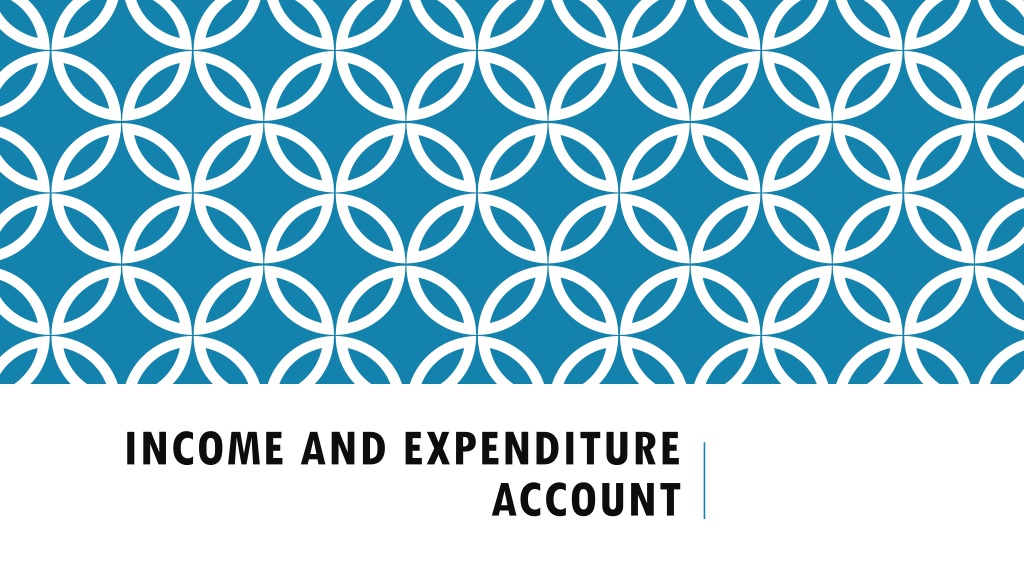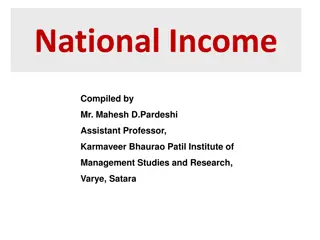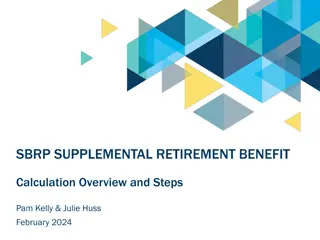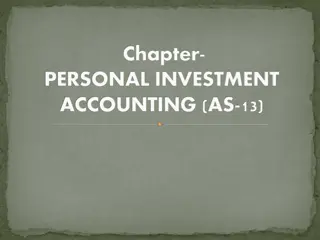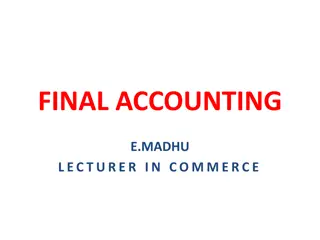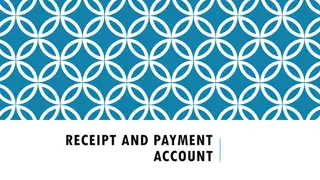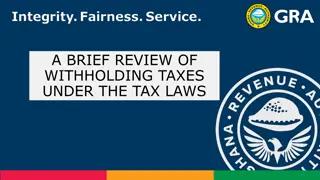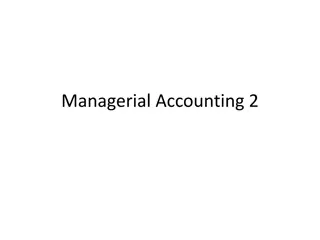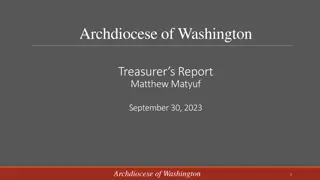Understanding Income and Expenditure Account in Accounting
Income and Expenditure Account, similar to the Profit and Loss Account, records revenue items on the credit side and expenses on the debit side. It follows the accrual concept and reflects only the current period's incomes and expenses. Surplus or deficit is shown based on the excess of income over expenditure or vice versa.
Download Presentation
Please find below an Image/Link to download the presentation.
The content on the website is provided AS IS for your information and personal use only. It may not be sold, licensed, or shared on other websites without obtaining consent from the author. Download presentation by click this link. If you encounter any issues during the download, it is possible that the publisher has removed the file from their server.
Presentation Transcript
INCOME AND EXPENDITURE ACCOUNT
INCOME AND EXPENDITURE ACCOUNT This is similar to the Profit and loss Account and is prepared exactly based on same principles. As the name suggests only revenue items are recorded herein. Incomes are recorded on the credit side while the expenses on the debit side. Both incomes and expenses must be taken on the basis of accrual concept. This account should reflect only items that are pertaining to current period. Previous and subsequent year items are to be excluded. This account shows either a surplus or deficit. Excess of income over expenditure is called surplus and excess of expenditure over income is called as deficit.
FEATURES OF INCOME AND EXPENDITURE ACCOUNT 1. It follows Nominal Account. 2. All expenses of revenue nature for the particular period are debited to this Account on accrual basis. 3. Similarly all revenue incomes related to the particular period are credited to this account on accrual basis. 4. All Capital incomes and Expenditures are excluded. 5. Only current year s incomes and expenses are recorded. Amounts related to other periods are deducted. Amounts outstanding for the current year are added. 6. Profit on Sale of Asset is credited. Loss on Sale of Asset is debited. Annual Depreciation on Assets is also debited. 7. If income is more than expenditure, it is called a Surplus, and is added with Capital or General Fund etc. in the Balance Sheet. 8. If expenditure is more than income, it is a deficit, and is deducted from Capital or General Fund etc. in the Balance Sheet
